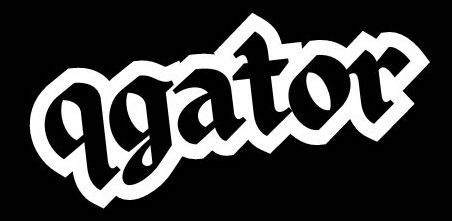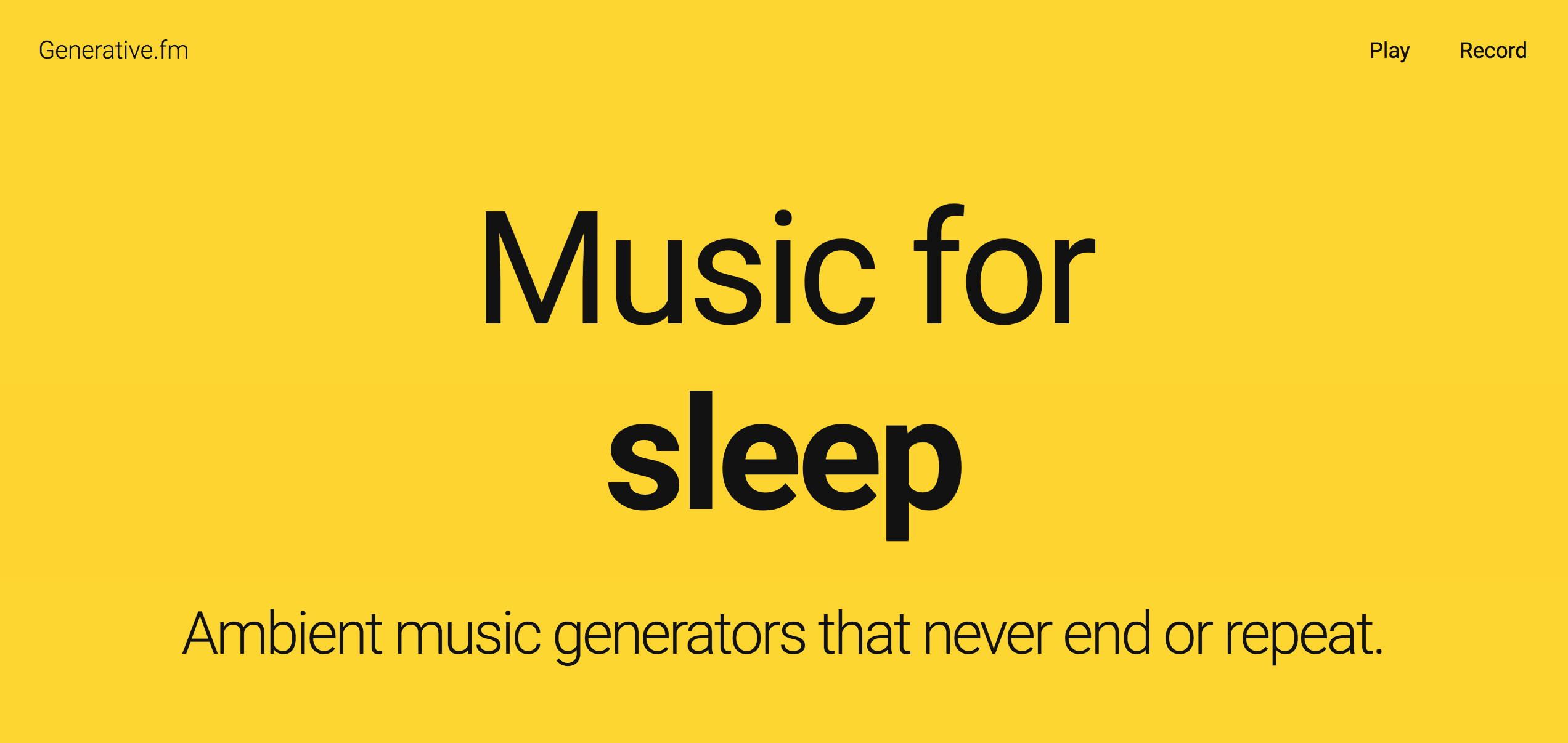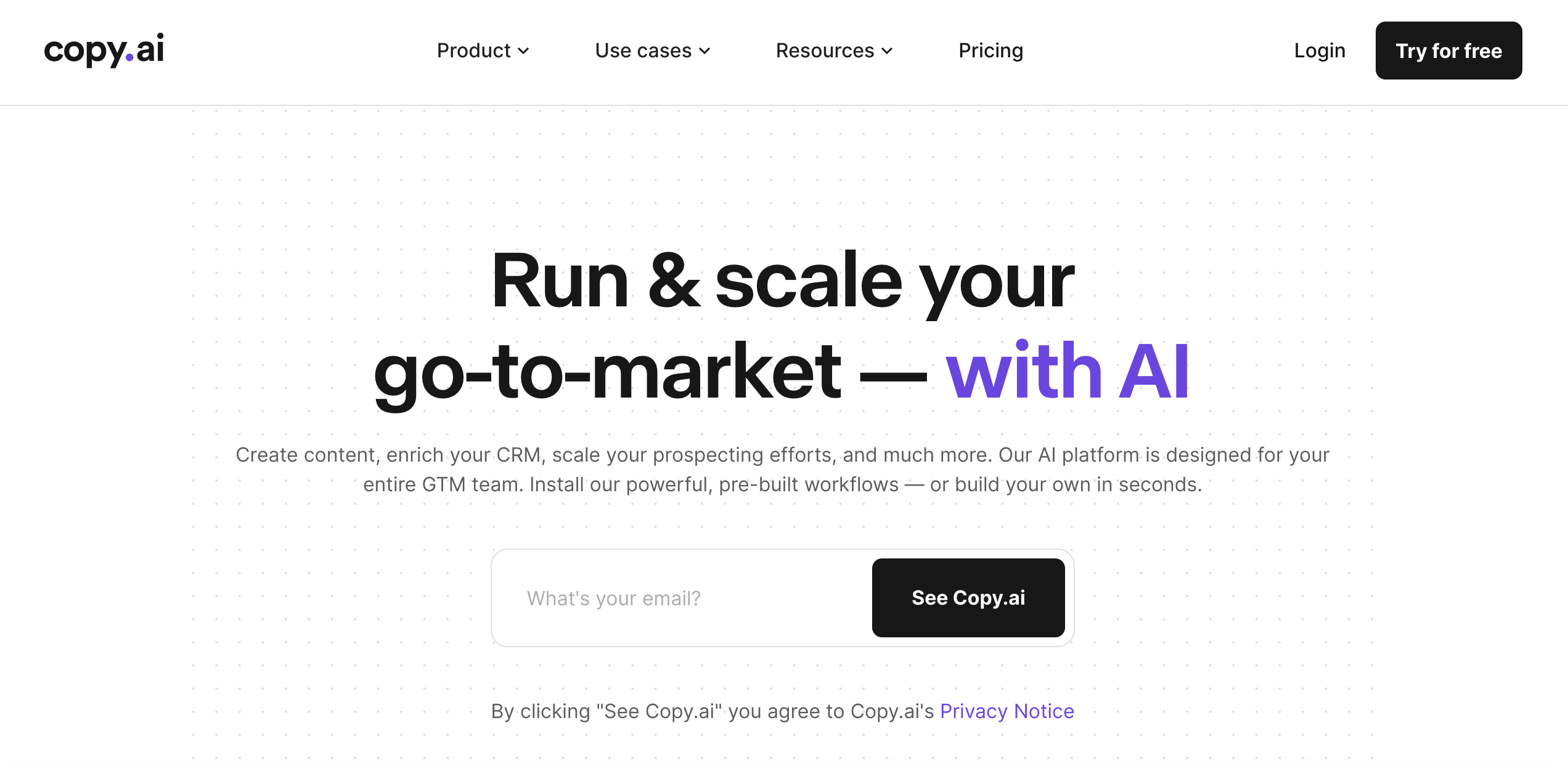Introduction
Blockchain technology is a term that has been making headlines in recent years, but many people are still confused about what it actually is and how it works. Simply put, blockchain technology is a type of distributed ledger technology (DLT) that enables secure and transparent digital transactions. In this article, we will discuss the basics of blockchain technology, how it works, and its potential uses.
What is Blockchain Technology?
Blockchain technology is a digital ledger of transactions that is decentralized, meaning that it is not controlled by any central authority. Instead, it is distributed across a network of computers, called nodes, which work together to validate and record transactions. Each node on the network maintains a copy of the ledger, ensuring that it is secure and transparent.
How Does Blockchain Technology Work?
When a transaction is initiated on the blockchain, it is broadcast to all the nodes on the network. Each node then verifies the transaction and adds it to their copy of the ledger. Once a block of transactions has been validated by the nodes, it is added to the blockchain and cannot be altered or deleted.
To ensure the security of the blockchain, each block is linked to the previous block through a cryptographic hash function, which creates a unique code for each block. This means that if anyone tries to alter a transaction in a block, the entire block’s hash code will change, making it immediately apparent that the block has been tampered with.
Types of Blockchains
There are two main types of blockchains: public and private. Public blockchains are open to anyone who wants to participate, while private blockchains are only accessible to a select group of users who have been granted permission to participate.
Public blockchains are often used for cryptocurrencies like Bitcoin and Ethereum, while private blockchains are used by companies and organizations to manage internal transactions and data.
Benefits of Blockchain Technology
One of the main benefits of blockchain technology is its ability to provide secure and transparent transactions. Because each block is linked to the previous block and validated by multiple nodes on the network, it is nearly impossible for someone to alter or delete a transaction without it being detected.
Another benefit of blockchain technology is its decentralization. Because there is no central authority controlling the blockchain, it is not subject to the same vulnerabilities as traditional centralized systems, such as hacking or corruption.
Potential Use Cases for Blockchain Technology
Blockchain technology has the potential to revolutionize a wide range of industries, from finance to healthcare to supply chain management. Some potential use cases include:
- Cryptocurrencies: Blockchain technology is already being used to create secure and transparent digital currencies like Bitcoin and Ethereum.
- Supply Chain Management: Blockchain technology can be used to track products as they move through the supply chain, providing transparency and reducing the risk of fraud and counterfeiting.
- Healthcare: Blockchain technology can be used to securely and efficiently share patient data between healthcare providers, improving patient outcomes and reducing costs.
Challenges and Limitations of Blockchain Technology
Despite its potential benefits, blockchain technology is not without its challenges and limitations. One of the main challenges is scalability. As more transactions are added to the blockchain, it can become slower and more difficult to process.
Another challenge is regulation. Because blockchain technology is still relatively new, there is a lack of regulatory frameworks to govern its use. This can make it difficult for companies and organizations to know how to use the technology while staying compliant with the law.
Conclusion
Blockchain technology is an exciting and rapidly evolving field that has the potential to revolutionize the way we transact and share information. Its secure and transparent nature makes it an attractive option for industries ranging from finance to healthcare, and its decentralization provides a level of security that traditional centralized systems cannot match.
However, as with any emerging technology, there are challenges and limitations that need to be addressed. The scalability of the blockchain, for example, needs to be improved to allow for more efficient processing of transactions. Additionally, there is a need for regulatory frameworks to govern the use of blockchain technology to ensure that it is used in a safe and responsible manner.
Despite these challenges, the potential benefits of blockchain technology cannot be ignored. As the technology continues to evolve and mature, we can expect to see more innovative use cases and solutions emerge.
In conclusion, blockchain technology is a powerful tool that has the potential to transform the way we transact and share information. Its secure and transparent nature, combined with its decentralization, makes it an attractive option for a wide range of industries. As the technology continues to evolve and overcome its challenges, we can expect to see more widespread adoption and innovative use cases emerge in the years to come.

















